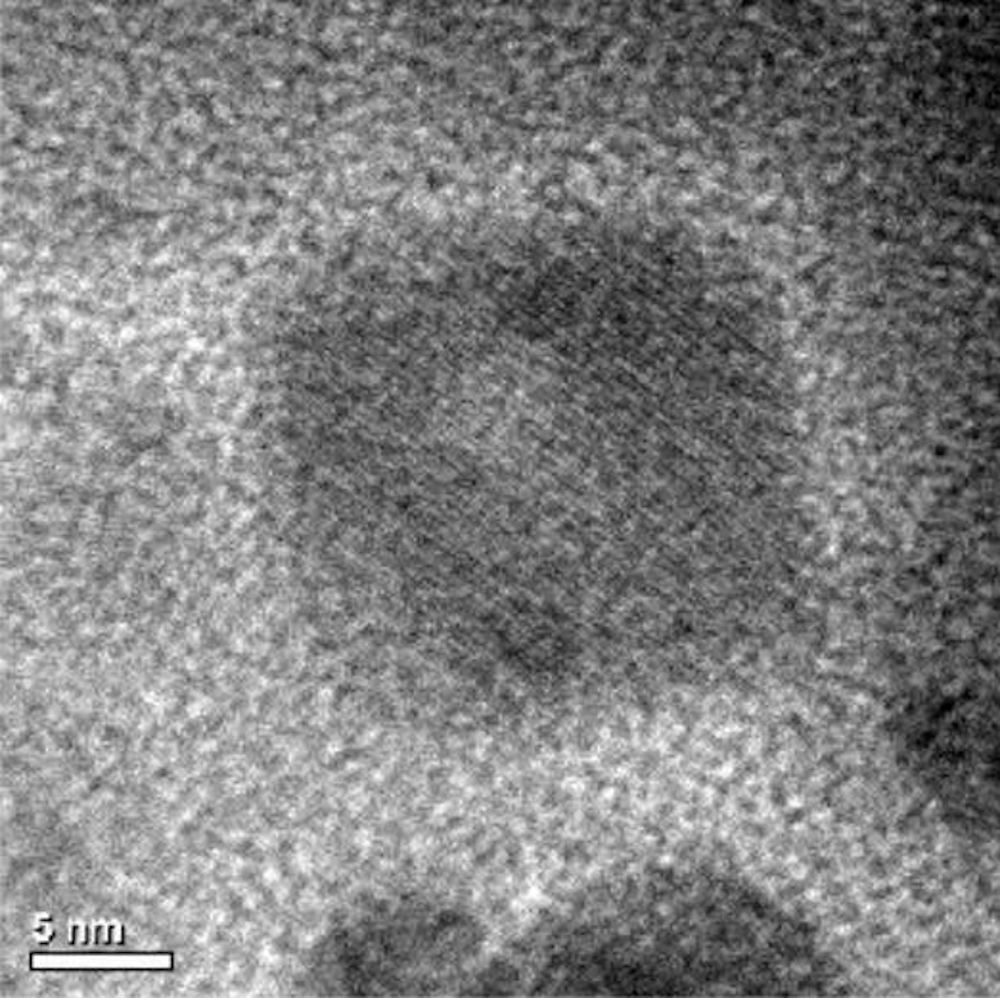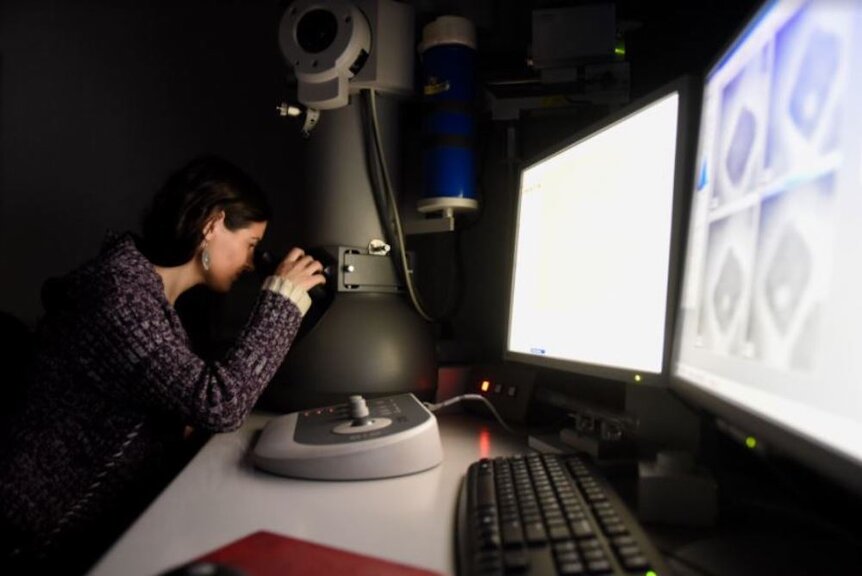Create a free profile to get unlimited access to exclusive videos, sweepstakes, and more!
Self-healing nanocrystals could mean you’ll never have to fix your phone again
Cracked screens could soon be a thing of the past.

One of the major constraints of consumer electronics is their obsolescence, the tendency to break down and no longer be useful. Some of that obsolescence is a function of an ever-shifting culture around electronics. New phones, televisions, and gaming consoles are coming out all the time, and the societal desire to have the next best thing is powerful. Another aspect is the natural degradation of materials over time. Electronics acquire defects through use and exposure to the environment which eventually conspire to kill a device.
Shifting the desires of the market might be outside of the ability of the physical sciences, but crafting materials which self-heal and last longer is on the horizon. A new study by Yehonadav Bekenstein and colleagues from the Department of Materials Science and Engineering at Technion, the Israel Institute of Technology reveals an incredible ability of certain nanocrystals to heal themselves. Their findings were published in the journal Advanced Functional Materials.
The discovery itself was an accident. The team did not set out to construct self-healing nanocrystals, but they noticed an unusual behavior in microscopic defects which demanded further examination.
“We saw small holes forming in the crystals which penetrated inside, moving from the surface into the interior of the crystal,” Bekenstein told SYFY WIRE.
Those holes were the result of interactions with an electron beam, and the team realized they were likely being moved around the crystals by way of organic molecules on the surface. These nanocrystals are manufactured in a solution where lots of organic materials are present, those molecules inevitably find their way onto the crystals and cause the defects to move into the interior.
“We ended up figuring out that if we can engineer the surfaces to get rid of those molecules then the defects start moving the other way around,” Bekenstein said. “Instead of moving inside, the holes that are already inside are being expelled out of the crystal. They reconstruct themselves in a way that you would not know there was ever a hole.”
These nanocrystals are comprised of lead-free perovskites, which are particularly good at energy conversion, making them potentially useful in electronics like solar cells. While their manufacturing costs currently outweigh that of traditional silicon materials, the improvements in energy conversion and reduced repair costs could make them an ideal solution for future electronics.
“For solar this should be pretty straightforward. Lead-free perovskites are thought of as the next generation of solar cell material. You could design solar cells for satellites and wouldn’t need to care about the defects that will naturally occur over time,” Bekenstein said.
The ability of perovskite nanocrystals to self-heal wasn’t limited only to naturally occurring defects inside the crystal itself. The team placed multiple crystals near one another and saw them flowing into one another.
“If you break it into two pieces and put the two parts back together, they will heal,” Bekenstein said. “We actually see that happening when we put these crystals close together. That happened.”
Looking further into the future, these sorts of materials could open up a totally new class of electronics with a lot more flexibility than current products. The team observed the nanocrystals using an electron microscope with atomic level resolution. During their observations, they watched the holes moving through and eventually out of the crystals. Those holes were essentially filled in by other atoms in the crystal. In essence, the crystals act less like a solid and more like a fluid. Bekenstein imagined a future filled with fluid-like electronics, allowing for the creation of shapeshifting robots and devices. Though, he was clear that is likely a far-future result of these materials.
“We’re seeing behaviors that imitate fluids. If you think about a fluid digital world, that will be a whole new concept and that’s really the future of these things. We’re far away from that, but one day we’ll get there,” Bekenstein said.
The days of self-healing materials forming liquid robots might be in the distant future, but before long you might not have to worry so much about breaking your phone, which is a pretty good advancement all on its own.



























